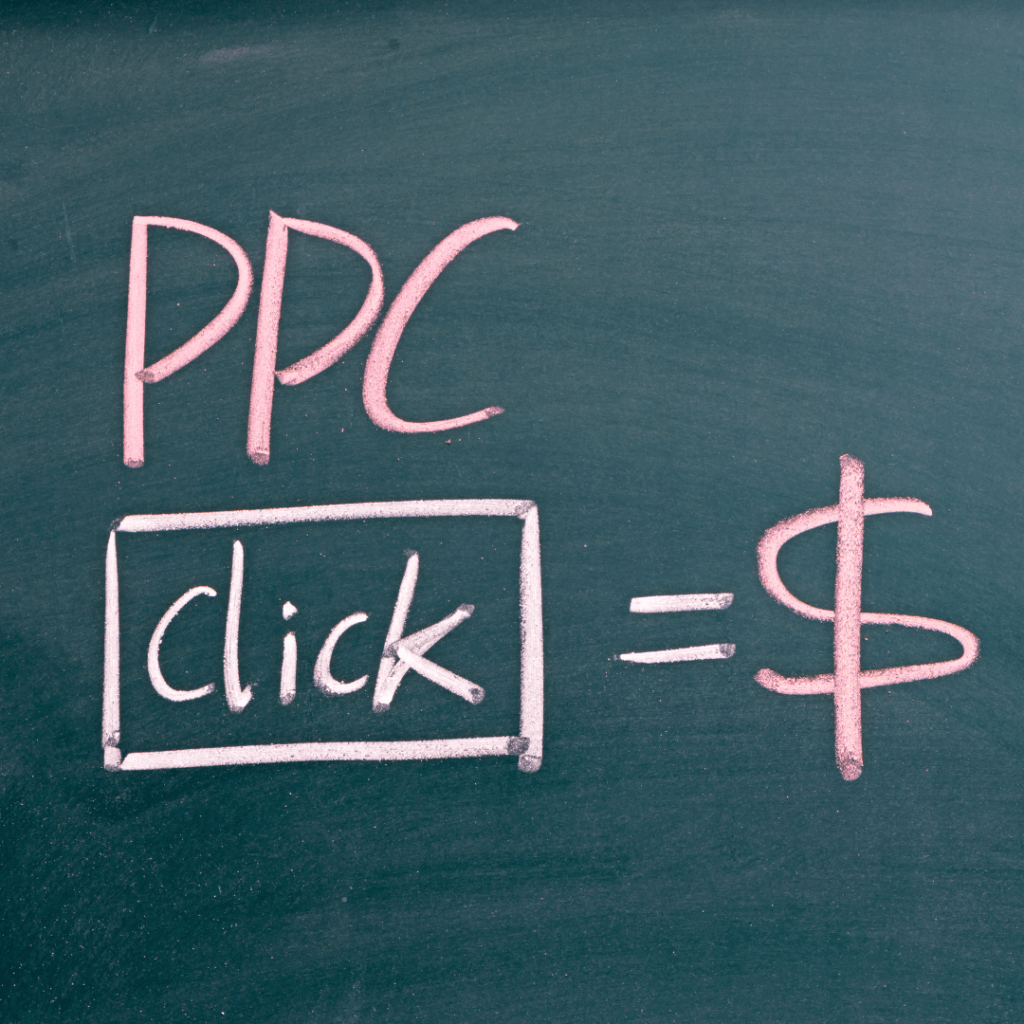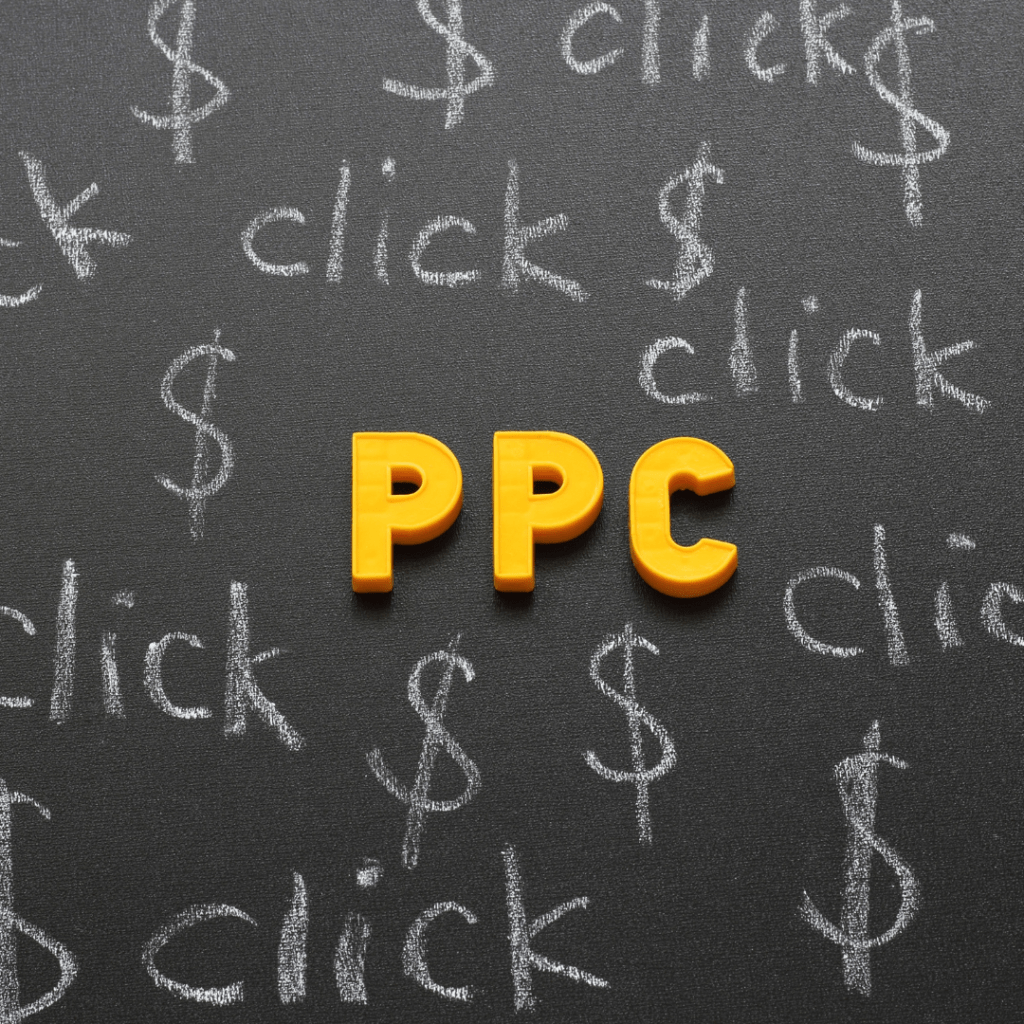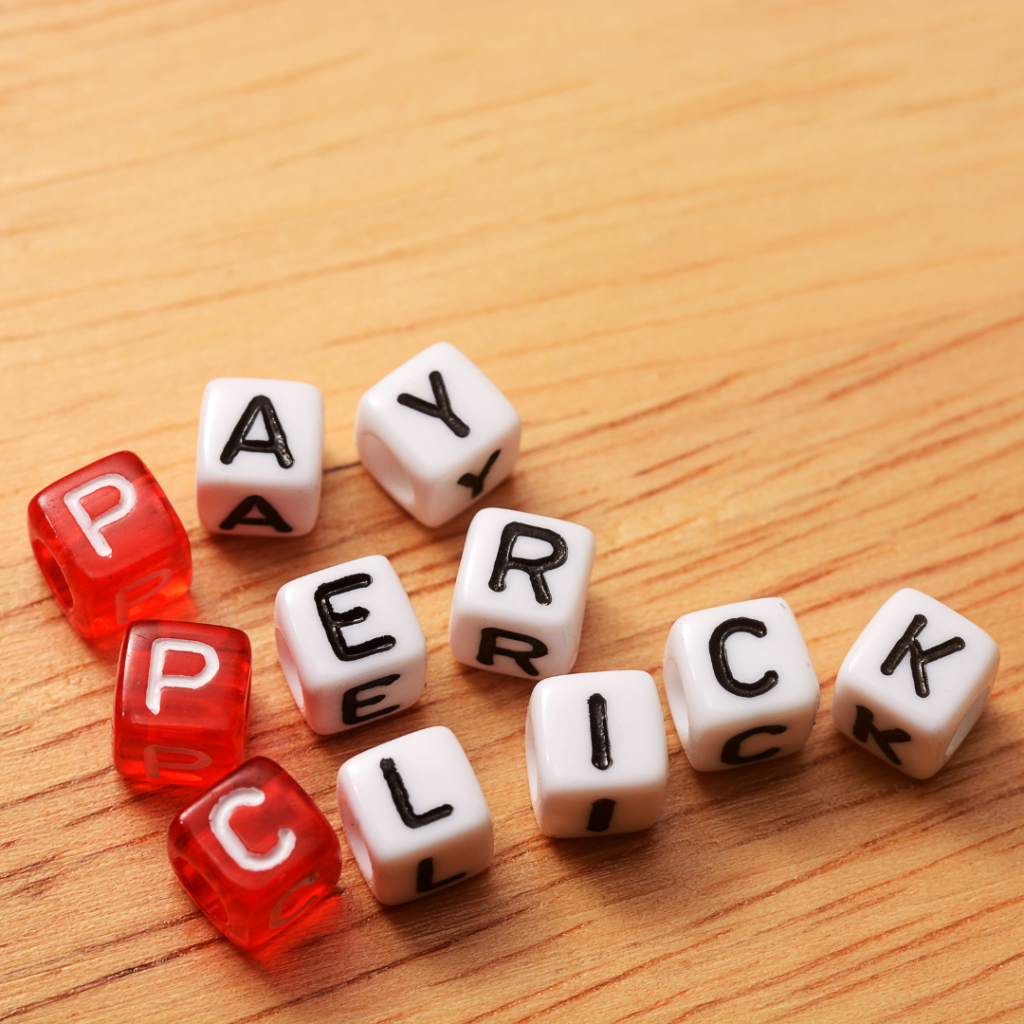Pay Per Click Advertising in India
Pay Per Click (PPC) is your ticket to instant website traffic, paying only when your ad gets clicked. It’s a powerful way to turbocharge your online presence and reach potential customers fast!

Define Goals and Objectives
Set Clear Goals: Determine what you want to achieve with your PPC campaign, such as increasing website traffic, generating leads, boosting sales, or promoting brand awareness.
Identify Key Performance Indicators (KPIs): Establish metrics to measure the success of your campaign, such as click-through rate (CTR), conversion rate, cost per click (CPC), and return on ad spend (ROAS).
Keyword Research
Identify Relevant Keywords: Use keyword research tools to find relevant keywords that your target audience is likely to use when searching for your products or services.
Analyze Competition: Evaluate the competition for selected keywords to understand their bidding strategies and identify opportunities for differentiation.
Group Keywords: Organize keywords into relevant ad groups to ensure your ads are highly targeted and relevant to search queries.


Create Compelling Ads
Write Engaging Ad Copy: Craft clear, concise, and persuasive ad copy that highlights the benefits of your product or service and includes a strong call-to-action (CTA).
Design Ad Creative: For display ads, create visually appealing graphics that capture attention and reinforce your message.
Use Ad Extensions: Enhance your ads with extensions such as site links, callouts, and structured snippets to provide additional information and improve visibility.
How we work to Multiply Your Sales!

What are the key metrics to measure the success of a PPC campaign?
The key metrics to measure the success of a PPC campaign include:
- Click-Through Rate (CTR): The percentage of clicks an ad receives relative to the number of impressions. A high CTR indicates that the ad is relevant and engaging to the audience.
- Conversion Rate: The percentage of clicks that result in a desired action, such as a purchase or sign-up. This metric helps assess the effectiveness of the landing page and ad copy.
- Cost Per Click (CPC): The average amount paid for each click on an ad. It’s crucial for managing budget and assessing the cost-efficiency of the campaign.
- Return on Ad Spend (ROAS): The revenue generated for every dollar spent on advertising. ROAS helps determine the overall profitability of the PPC campaign.
- Quality Score: A metric used by Google Ads to measure the relevance and quality of your keywords and ads. A higher Quality Score can lead to lower CPC and better ad positioning.
How can A/B testing be used in PPC campaigns?
A/B testing, or split testing, is a method used to compare two versions of an ad, landing page, or other campaign elements to determine which performs better. In PPC campaigns, A/B testing can be used to:
- Test Ad Copy: Compare different headlines, descriptions, or calls-to-action to see which version generates more clicks and conversions.
- Test Landing Pages: Experiment with different layouts, images, or forms to identify the version that leads to higher conversion rates.
- Test Keywords: Evaluate the effectiveness of different keywords or keyword match types to find the best-performing ones.
- Optimize Bidding Strategies: Test different bidding strategies (manual vs. automated) or bid amounts to maximize ROI.
- The results of A/B testing help optimize PPC campaigns by focusing on the most effective elements and eliminating underperforming ones.
What is the role of Quality Score in PPC advertising, and how can it be improved?
Quality Score is a metric used by Google Ads to assess the relevance and quality of your ads, keywords, and landing pages. It plays a crucial role in determining ad rank and CPC. A higher Quality Score can lead to:
- Lower Cost Per Click (CPC): Lower costs for each click, making the campaign more cost-effective.
- Better Ad Position: Higher placement in search results, leading to increased visibility and clicks.
- Eligibility for Ad Extensions: Enhanced ad formats that provide additional information and can improve CTR.
To improve Quality Score:
- Ensure Keyword Relevance: Use highly relevant keywords that closely match the user’s search intent.
- Optimize Ad Copy: Write compelling and relevant ad copy that aligns with the keywords and appeals to the target audience.
- Enhance Landing Page Experience: Make sure the landing page is relevant to the ad, loads quickly, and provides a good user experience.
- Improve CTR: Higher click-through rates indicate that your ads are relevant to users, which can positively impact Quality Score.
How do you determine the appropriate budget for a PPC campaign?
Determining the appropriate budget for a PPC campaign involves several considerations:
- Business Goals: Align the budget with your overall business and marketing objectives, such as increasing sales or generating leads.
- Cost-Per-Click (CPC): Research the average CPC for your industry and keywords to estimate the costs involved.
- Conversion Rates: Consider your website’s conversion rate to estimate how many clicks are needed to achieve your goals.
- Customer Lifetime Value (CLV): Calculate the potential revenue generated from a new customer to assess how much you can afford to spend on acquiring them.
- Competitive Analysis: Analyze competitors’ ad spending and strategies to understand the competitive landscape.
- Test and Adjust: Start with a smaller budget to test the effectiveness of your campaign, then adjust based on performance data and insights.
- Monitoring and Flexibility: Continuously monitor the campaign performance and be flexible with the budget, reallocating funds as needed to maximize ROI.


